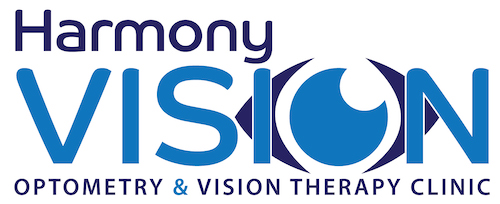Can’t See 3D?
 Why the 3D experience can be a little “flat” or uncomfortable for some people…
Why the 3D experience can be a little “flat” or uncomfortable for some people…
“Why can’t I see in 3D?”
“I get headaches from 3D movies”
“I see fine, but why does 3D make me feel that way?”
These are some of the questions a few people will be asking due to the explosion of 3D movies and 3D TV technology. The excitement over 3D TV has been replace by interestin VR or virtual reality technology. But not everyone gets the great 3D experience.
When watching 3D, some people will:
- Feel sick, or
- Get headaches or sore eyes
When watching 3D, 5% of people:
- Don’t see 3D at all
Now, it’s quite normal to feel a little weird and uncomfortable when first settling in to a 3D movie, but your brain normally adapts pretty quickly. However, if you have vision problems you might find it difficult to get used to the effects; or you may not see 3D at all.
“But I have perfect vision?”
You can have perfect “20/20 sight”, yet still have problems seeing in 3D. Good vision is so much more than seeing fine detail. Your two eyes have to work in harmony together with each other and also with your brain. Poor eye-teaming control (eg convergence insufficiency), poor focusing control, eye-turns and lazy eyes can all result in an umcomfortable 3D experience.
“What Can I Do About It?”
There is research underway into treatments that improve how the two eyes work together, improving both 3D function and treating amblyopia or lazy eye. This research includes the use of VR technology and personal devices.
For people with 3D vision, but find 3D environments uncomfortable, treating underlying eye teaming difficulties like convergence insufficiency with vision training can be helpful.
What is Vision Training?
Your eyes are part of your brain, and good vision is a product of the brain learning to use the information from your eyes properly. And like many things you can learn to do it better. Vision therapy is supported by many decades of research and study. Some areas like convergence insufficiency (CI) and accommodation dysfunction (AD) have had a great deal of recent good quality research. This research indicated that in the case of CI/AD, office based vision training (with experienced practitioners and vision therapists) had a much higher success rate compared to simpler forms of eye exercises like “pencil push-ups” and home computer programs. Office based vision training is our preferred approach for this reason.
To Find Out More
In order to find out whether you can achieve more comfortable 3D vision, you need a thorough vision exam. This needs to include a series of tests to thoroughly test 3D vision, convergence and focusing. Ideally the examiner should also know how to provide the necessary vision therapy treatment or be able to refer to some one who can.
Harmony Vision is experienced in the treatment of vision problems in children with learning difficulty, reading difficulty or attention problems, as well as adults with concentration problems and visual stress. For more information, call the Harmony Vision Care team on (07) 5520 5900.
